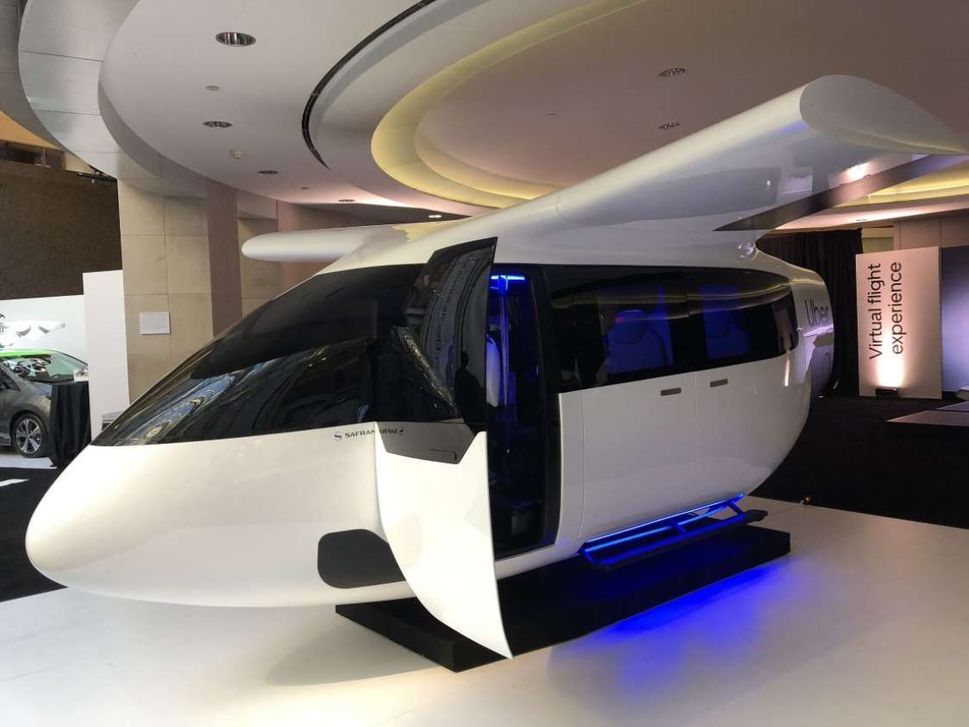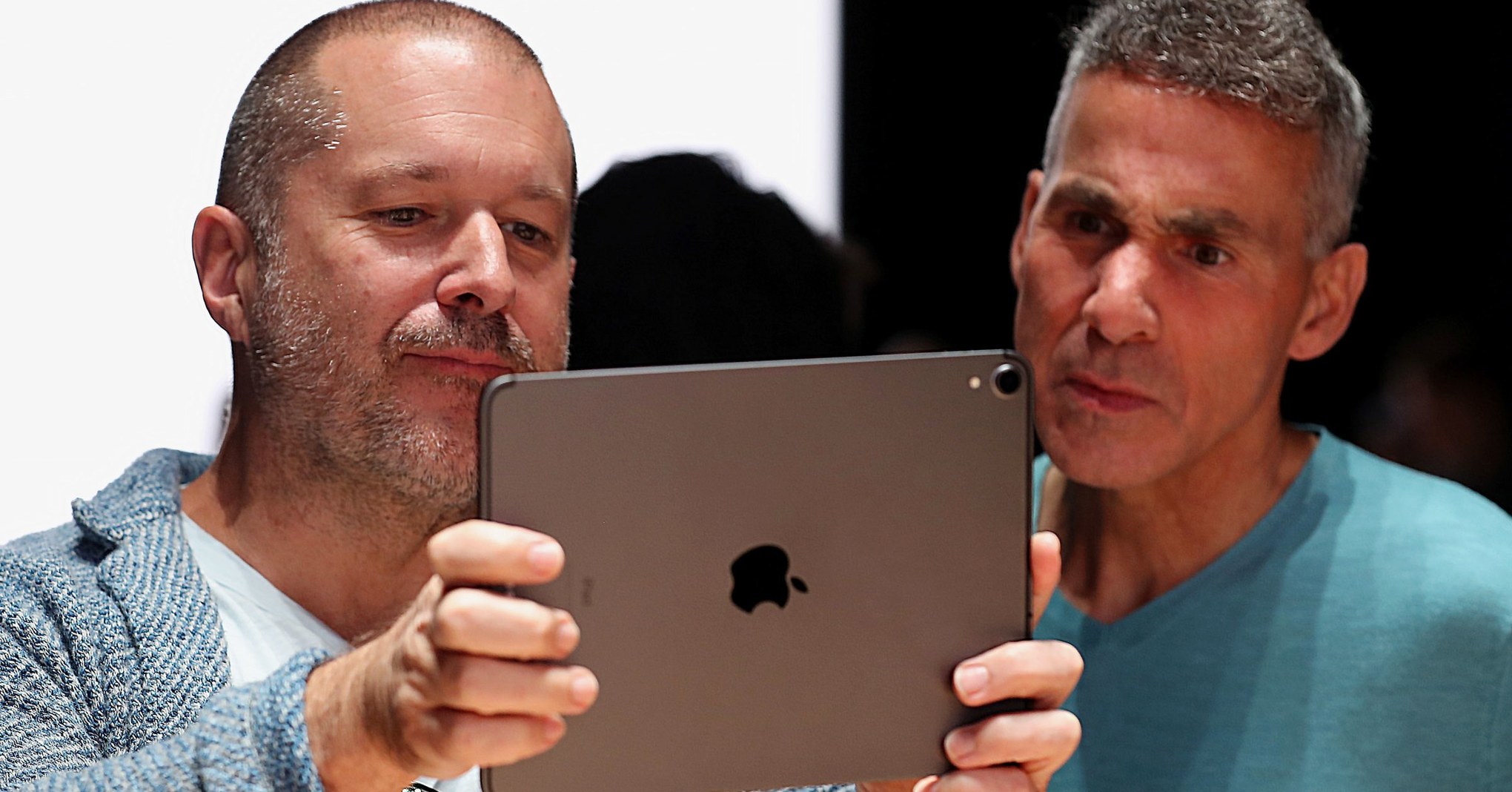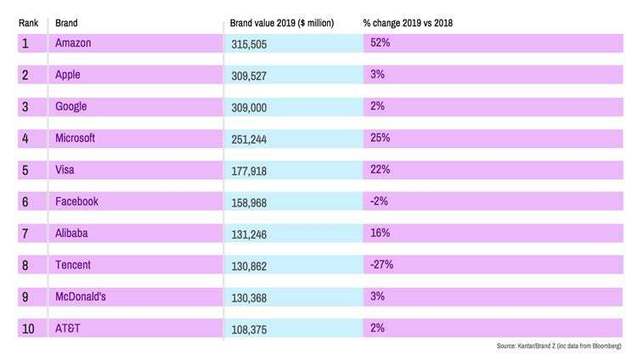En Suisse, les femmes appelées à la grève pour dénoncer les inégalités
Ce projet de grève est né sous l’impulsion, notamment, des syndicats, après qu’ils ne sont pas parvenus à introduire le principe de sanctions lors de la révision de la loi sur l’égalité votée l’an passé. Ce texte, définitivement adopté en décembre 2018, prévoit que les entreprises de plus de 100 employés contrôlent les salaires pour lutter contre les inégalités. Elle ne s’appliquera donc qu’à 0,9 % des sociétés et 46 % des salariés. Syndicats et associations féministes déplorent par ailleurs qu’elle n’impose aucune sanction en cas de non-respect de l’égalité salariale.Des défilés sont prévus dans toute la Suisse vendredi et les femmes sont invitées à délaisser les tâches ménagères. De nombreuses animations sont prévues à Lausanne, Zurich, Berne, ou encore Genève : pique-niques géants, bals, distribution de badges, concerts…Et, comme le précise le quotidien suisse Le Temps, certaines entreprises et collectivités locales ont décidé de jouer le jeu en faisant « acte de volontarisme en payant un jour d’absence à leurs salariées – comme la ville de Genève ».« Il ne s’agit pas seulement d’une grève du travail rémunéré, a expliqué au Parisien Anne Fritz, coordinatrice de la mobilisation à l’Union syndicale suisse, en évoquant un « ras-le-bol général » : « Il y aura aussi une grève du ménage, du prendre soin, de la consommation… » Et pour les femmes qui iront travailler, elles sont appelées à quitter leur poste à 15 h 23, soit l’heure à laquelle « elles cessent mathématiquement d’être payées par rapport à leurs collègues masculins », souligne Le Temps.Le 14 juin, une date symbolique en Suisse Si les associations féministes et les syndicats ont choisi la date du 14 juin pour cette journée de mobilisation, ce n’est pas un hasard. Il y a vingt-huit ans, le 14 juin 1991, 500 000 femmes étaient descendues dans la rue en Suisse – dans un pays d’un peu moins de 7 millions d’habitants à l’époque –, pour réclamer, déjà, la fin des inégalités, en improvisant de grands pique-niques ou en suspendant leurs balais aux balcons.Interrogée par le quotidien La Tribune de Genève, la socialiste Ruth Dreifuss, première femme à avoir accédé à la présidence de la Confédération helvétique en 1999, se souvient de ce 14 juin 1991, le jour, dit-elle, où les femmes ont inventé une « nouvelle forme d’expression » :« Tout avait convergé vers un message unique : nous voulons sortir de l’ombre et voir notre travail enfin reconnu. »Les manifestantes, toutes habillées en fuchsia, souhaitaient alors célébrer les dix ans de l’inscription dans la Constitution fédérale du principe d’égalité entre les hommes et les femmes intervenue le 14 juin 1981. La loi n’était toutefois entrée en vigueur qu’en 1996.Car la Suisse a mis du temps avant de lutter contre les inégalités de genre. Comme le rappelle Le Temps, « les hommes ont dit oui au vote et à l’éligibilité des femmes en 1971 seulement (et encore, le non l’a emporté dans huit cantons) ». Soit cinquante-trois ans après l’Allemagne et le Royaume-Uni et vingt-sept ans après la France.










